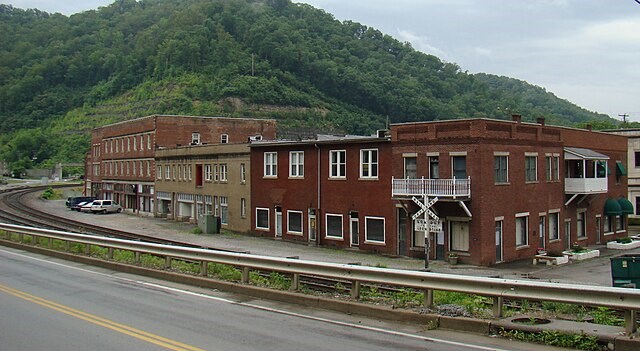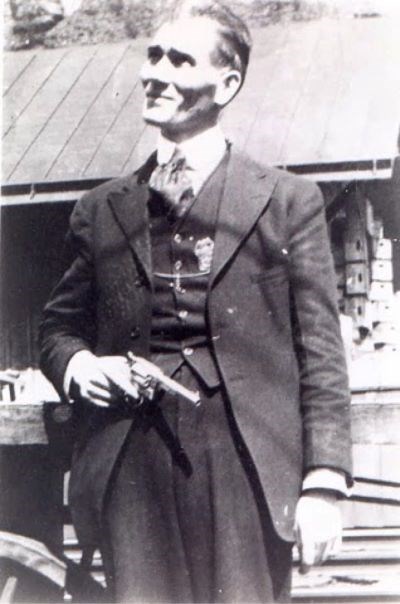Part of a series of articles titled West Virginia Mine Wars.
Previous: Mother Jones
Article

Wikimedia Commons

Wikimedia Commons
One of the most infamous events of the West Virginia mine wars was a deadly shoot-out in the mining town of Matewan in Mingo County. The incident, which occurred on May 19, 1920, involved several private security guards hired by mine owners to maintain control of their workers, the local sheriff Sid Hatfield, the mayor of Matewan, Cable Testerman, and local residents. The shoot-out was a major catalyst that led to the March on Logan County that culminated in the Battle of Blair Mountain, the largest armed labor uprising in U.S. history.
With the support of the United Mine Workers (UMW), the primary labor union representing American coal miners at the time, miners in Mingo County decided to strike in the Spring of 1920. The strike largely stemmed from the operators’ continued employment of private mine guards to suppress the miners’ attempts to organize. Once the strike was declared, the operators refused to compromise and began evicting from company housing the families of miners who had joined the union. They then hired the notorious Baldwin-Felts Detective Agency guards to forcibly remove mining families from an independent tent camp that had formed to house the evicted families near Lick Creek, even though they had no legal authority to do so. Albert and Lee Felts, brothers of Baldwin-Felts company owner Tom Felts, were two of several agents who came to Matewan to execute the evictions and removals. Both Albert Felts and C. B. Cunningham, another detective, had participated in the brutal suppression of another miners’ strike in Ludlow, Colorado in 1914 (known as the Ludlow Massacre Site—a National Historic Landmark.)
When Sheriff Hatfield and mayor Testerman arrived at the tent colony to investigate what was happening, they demanded to see warrants for the evictions from the Baldwin-Felts agents. Unable to produce them, the detectives then falsely claimed their actions were sanctioned by a court order. When the detectives returned to Matewan later that day, tensions boiled over between Hatfield and Albert Felts, each claiming they had a right to arrest the other. The verbal altercation turned violent when someone began shooting. By the end of the shootout, Testerman, seven Baldwin-Felts guards (including Albert and Lee Felts), and two other townspeople were dead.
The Matewan Massacre, as it became known, only added fuel to the fire of the regional labor struggle. By July 1920, over 90 percent of miners in Mingo County had pledged the union oath. Sid Hatfield, who escaped injury at the shootout in Matewan, became a symbol of the miners’ struggle against the tyranny and violence of the mine guard system. Today, the Ludlow Massacre Site and the Matewan Historic District are National Historic Landmarks.
National Historic Landmarks (NHLs) are historic places that possess exceptional value in commemorating or illustrating the history of the nation. Authorized by the National Historic Sites Act of 1935, the National Park Service's National Historic Landmarks Program oversees the designation of NHLs with the goal of preserving them for the inspiration and benefit of the American people. All NHLs are also listed in the National Register of Historic Places.
Discover more resources on the West Virginia Mine Wars and related topics here: Resources on the West Virginia Mine Wars.
Part of a series of articles titled West Virginia Mine Wars.
Previous: Mother Jones
Last updated: January 19, 2024